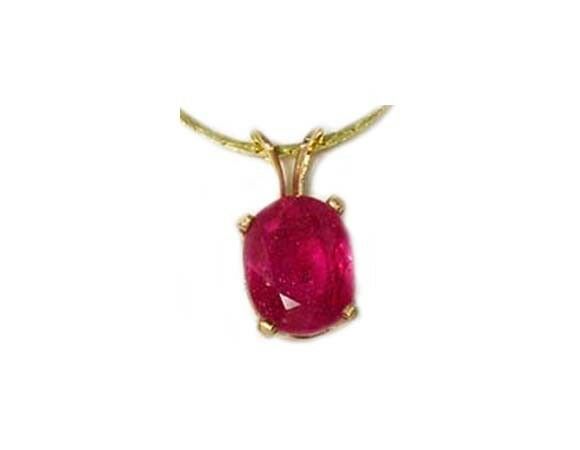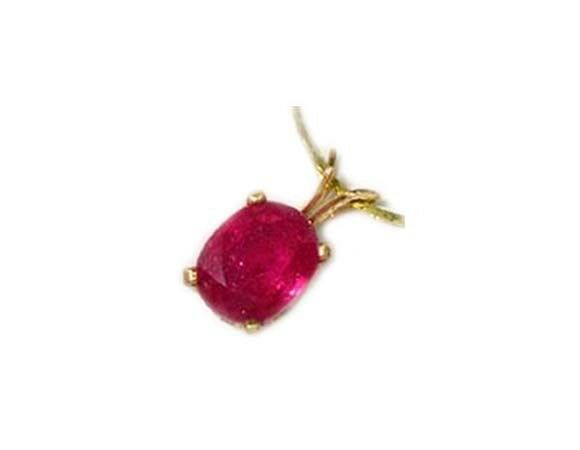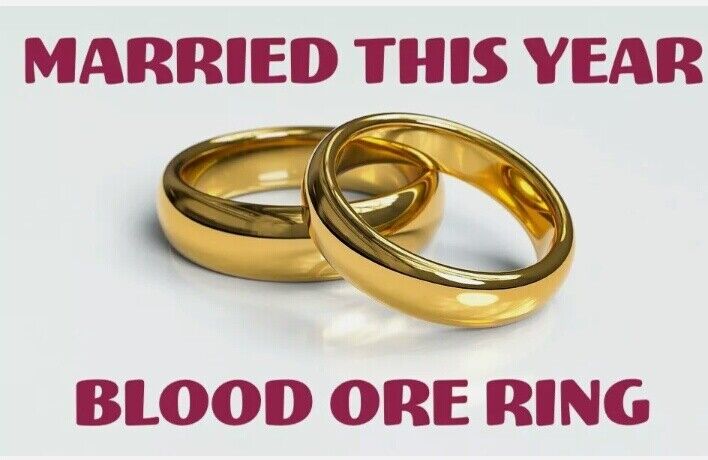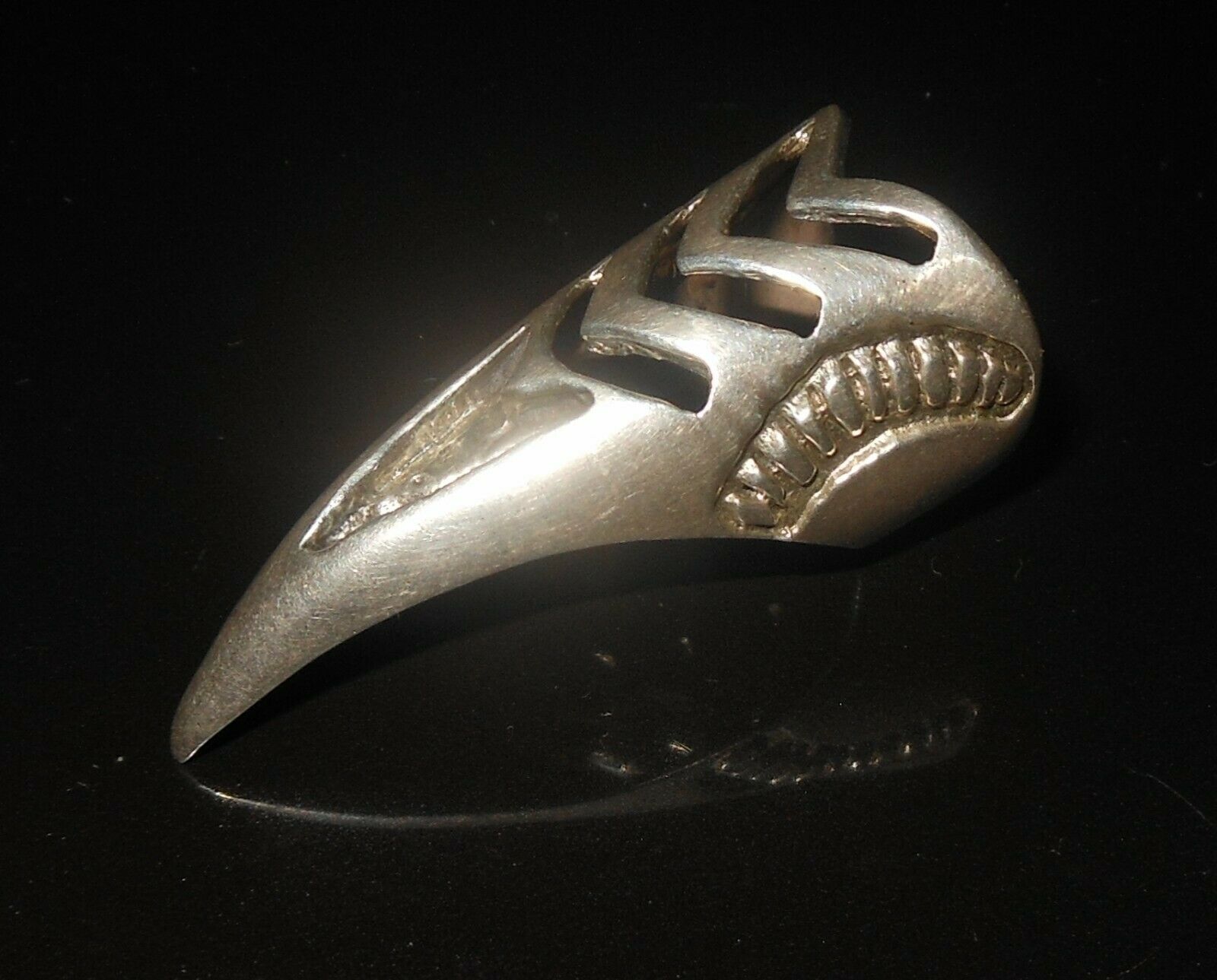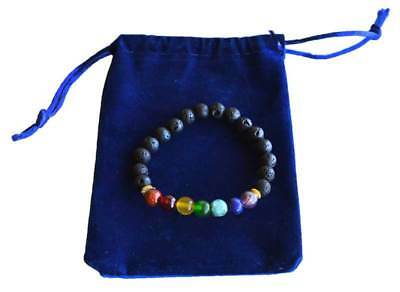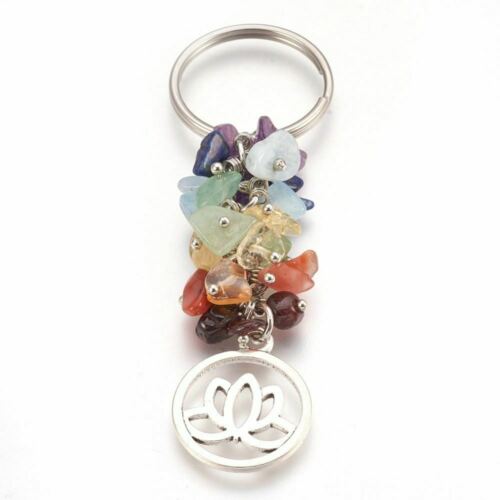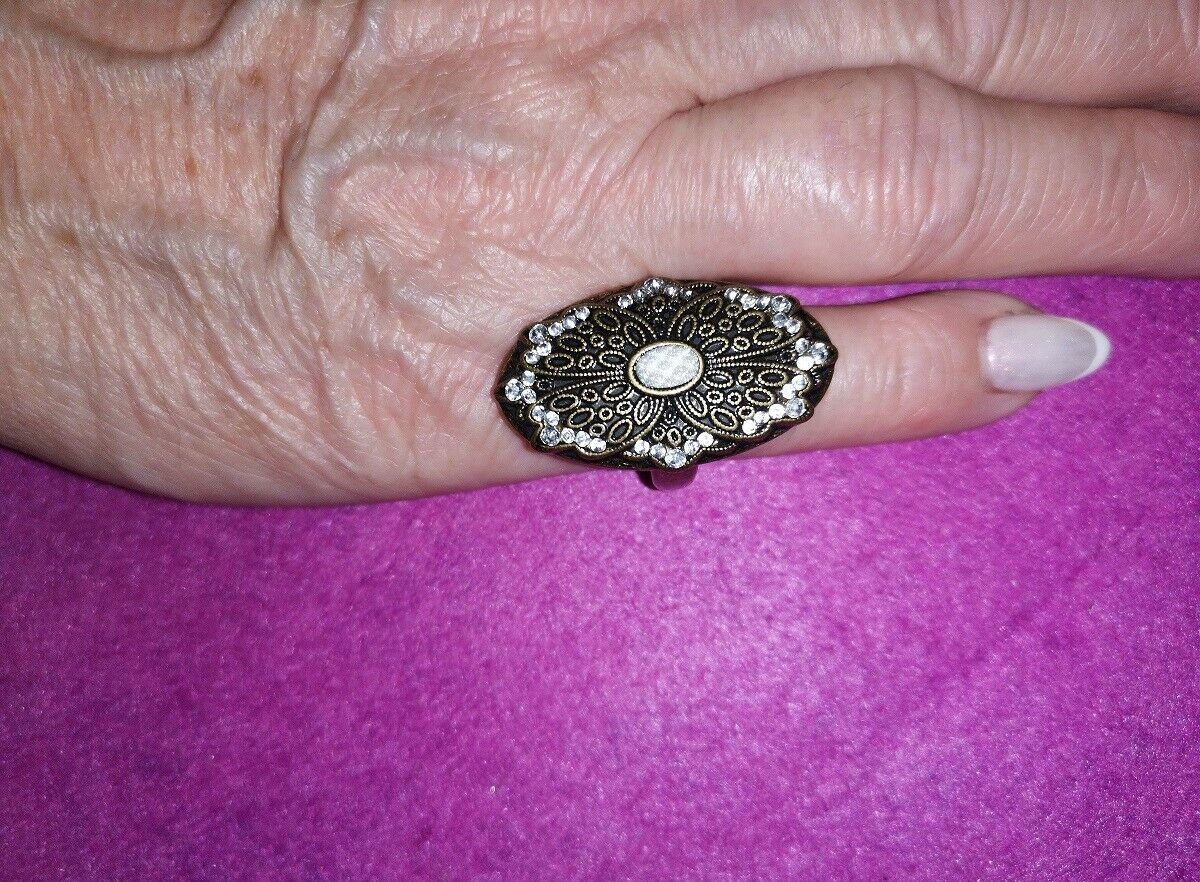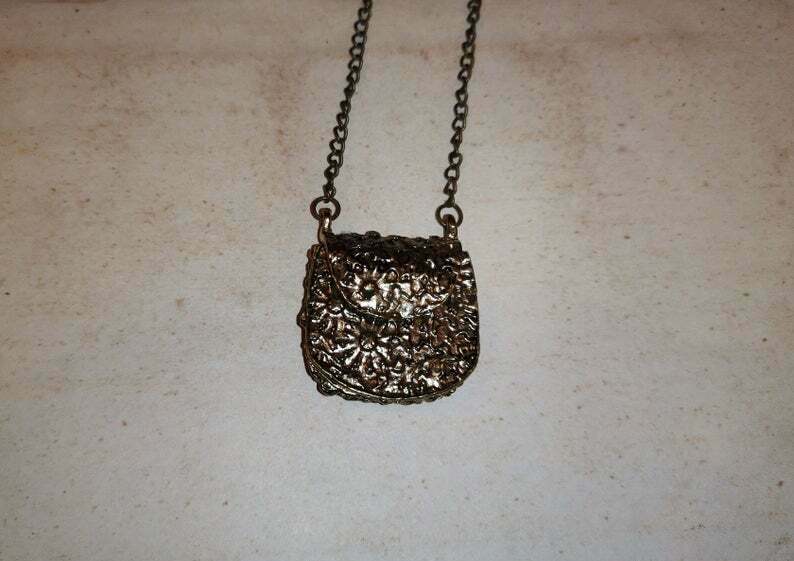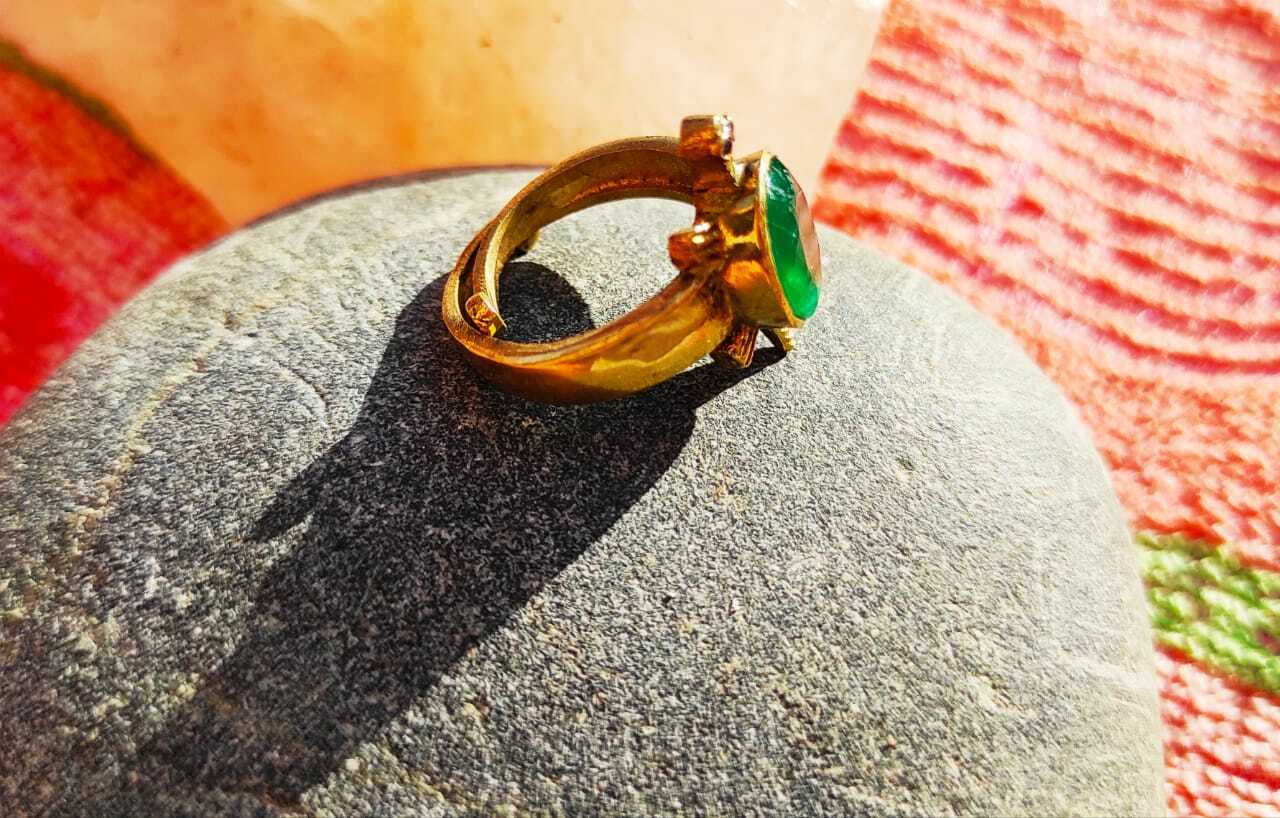-40%
Gold Ruby Pendant 4¼ct+ Antique 19thC Ceylon Medieval Shaman Divine Future Gem
$ 242.87
- Description
- Size Guide
Description
Antique 19th Century Handcrafted Genuine Natural Faceted Four and One-Third Carat Bright Blood Red Ruby Oval from Ceylon. Mounted into a high quality 14ktgold fill
pendant setting.
ORIGIN:
Ceylon, 19th Century (present day Sri Lanka). Chain and pendant setting contemporary.
SIZE
: Length: 10mm. Width: 8mm. Depth: 5mm. Measurements approximate.
WEIGHT
: 4.38 carats.
NOTE
: 14kt gold fill setting. 14kt solid gold pendant and solid 14kt gold chains in lengths from 18 to 24 inches are available upon request. Sterling silver is also available if preferred. Default chain is gold electroplate 24 inch chain (included free).
NOTE
: If you would like only the gemstone, and not the setting, we can dismount the gemstone and offer you the gemstone without the setting. Just let us know, and yes, we’ll discount the price by the cost of the setting.
DETAIL:
Rubies were viewed as a stone of prophecy, used by medieval shamans and sorcerers to divine the future. It was believed that wearing ruby would attract good health, wisdom, fortune, and true love. Ruby was also worn as a talisman, as it was believed that the stone darkened when danger was near and then return to its original color when the danger was past. Ruby was also thought to be an antidote to poisoning as well. Consequentially rubies were considered even more valuable than diamonds. In Medieval Europe ruby was priced eight times higher than diamond. Here's a very large, reasonably nice quality 19th century antique hand faceted ruby oval from Ceylon (present day Sri Lanka). Hand crafted by a 19th century Russian artisan, part of an heritage renown for the production of the elaborate gemstones and jewelry of the Czars of Medieval, Renaissance, and Victorian Russia.
Originally used in indigenous jewelry, this sparkling precious gemstone is transparent, but is modestly blemished. Nonetheless the gemstone does possess a highly desirable bright rose-red color, vibrant character, and sparkles of bright red flashes. It is “modestly blemished” to the casual admirer, but to detailed and intent scrutiny, reveals a whole host of minute blemishes which while not really visible to the naked eye can be made out with magnification. Nonetheless the ruby is absolutely transparent as opposed to lower value translucent rubies. Of course most ruby gemstones are anywhere from lightly to heavily blemished. Unfortunately most transparent “rubies” sold even by the largest and most reputable retailers in the United States are synthetic (read the fine print; and the same is true of emeralds and sapphires).
While this particular specimen might not be anywhere near flawless, to casual scrutiny it is at least “near eye clean” with one notable exception, that being one relatively small but dark inclusion at the bottom or back side of the gemstone, but centered in such a way that it can be seen from the table (the flat center portion of the top of the gemstone). While this blemish is not huge or obnoxious, it is definitely noticeable to anyone who inspects the gemstone carefully. Of course worn in a ring at arm's length, or to the casual admirer, it simply seems a large, nicely colored ruby. But close inspection does reveal this single blemish. The setting is of contemporary origin. It is a high quality setting manufactured by one of the USA’s leading semi-custom mount producers. It is constructed of 14kt
gold fill
. It is not a cheap, gold electroplated pendant setting. It is genuine 14kt gold fill, a quality setting designed to last a lifetime. The default chain is gold electroplated 24 inch (you may also choose a 16, 18, or 20 inch chain if you prefer). However we do have 14kt gold fill and 14kt solid gold chains available in lengths between 16 and 24 inches available upon request.
Magnified in a 5x jeweler's loupe or in these photo enlargements, one can pick out quite a number of minute blemishes which otherwise cannot be discerned by the unaided eye. There is a scattering of very fine particulate matter, most of it in the rutile form, i.e., very fine hair-like particles which almost look like very small, single strands of lint or hair. They look to be (rutile) mica schist particles (ruby is generally formed in schist). They are not discerned by the unaided eye. However in a jeweler's loupe of in these photo enlargements here, there's quite a sprinkling of them. The large, eye-visible blemishes is in fact a "super clump" of these rutile blemishes. Under high magnification it looks ever so much like a twisted clump of lint composed of very fine strans of hair. Again, with the exception of the one "super-clump" which can be discerned by the naked eye, the balance of the rutile blemishes are almost impossible to make out with the unaided eye.
Of course to the naked eye, the one visible blemish simply appears to be a somewhat fuzzy dark spot, fairly small, but hard to miss if the gemstone is inspected intently. Otherwise to the casual admirer this ruby appears to be simply a nicely colored gemstone without any immediately discernible faults. Once mounted in a ring, the tiny blemish this gemstone does possess will be much more difficult to discern. As it is with the exception of the single larger blemish, the only easy way to pick out the other minute rutile schist blemishes is to hold the gemstone up to a light source and scrutinize it carefully with a magifying glass or loupe. Otherwise the gemstone simply appears a bright rose-red ruby with very nice flash and sparkle.
While in these 600% photo enlargements the one blemishe seems quite obvious, in reality it is really are not typically noticed by the casual admirer, and from some angles cannot be seen at all. Whatever sins the critic might find, to the eye it is simply a bright red ruby of gorgeous color, the very small blemish not really discernible to the normal casual admirer, and the bright red gemstone possesses very handsome luster and really exceptional sparkle as well – lots of fire! If you hold this gemstone on the light and roll it between thumb and forefinger, it contains rolling flashes of red. And while this gorgeous precious gemstone is not absolutely flawless, it is transparent and given the fact that ruby has a reputation for being commonly blemished, it is a reasonably nice quality gemstone. And while by today's standards it might not be considered an exceptionally high quality ruby, by the standards of the era in which the gemstone was cut, it was a costly and desirable precious gemstone.
Under magnification the gemstone shows the unmistakable characteristics of having been hand crafted. The coarseness of the 19th century finish is considered appealing to most gemstone collectors, and is not considered a detriment, or detract from the value of a gemstone. These characteristics are not only expected of hand-finished gemstones, most serious collectors consider such gemstones more desirable, possessed of greater character and uniqueness when compared to today's cookie-cutter mass-produced machine-faceted gemstones. Unlike today’s computer controlled machine produced gemstones, the cut and finish of a gemstone such as this is the legacy of an artisan who lived two centuries ago. The setting is of contemporary origin. It is a high quality setting manufactured by one of the USA’s leading semi-custom mount producers. It is constructed of 14kt
gold fill
. It is not a cheap, gold electroplated pendant setting. It is genuine 14kt gold fill, a quality setting designed to last a lifetime. The default chain is gold electroplated 24 inch (you may also choose a 16, 18, or 20 inch chain if you prefer). However we do have 14kt gold fill and 14kt solid gold chains available in lengths between 16 and 24 inches available upon request.
This gemstone has great luster and color, superb sparkle, and to the eye is transparent. But again, of course, we want to emphasize that this does not mean it is entirely flawless. True, the blemishes it possesses are not easily discerned by the naked eye – at least to casual scrutiny, though the one more prominent blemish is east discerned upon close examination of the stone. However as stated, to the casual appreciative glane it is simply a brightly colored red ruby gemstone of wonderful color and sparkle. However in these 600% photo enlargements you can certainly discern the one more prominent blemish, as well as a few of the minute rutile schist particles, and perhaps as well occasional irregularities in the cut and finish. Naturally these characteristics are not only expected of hand-finished gemstones, you must also consider that two centuries ago the mining techniques even possible then, let alone in practice, did not allow the ultra deep mining operations which are so commonplace today.
Keep in mind that two centuries ago mankind was more or less limited to surface deposits or near surface deposits of gemstones. Higher quality gemstones which today are routinely mined from beneath hundreds of meters, even kilometers beneath the earth's surface, were simply inaccessible then. It is for this reason that antique gemstones must be appreciated as antiques first, gemstones second. The relatively superlative quality of contemporary gemstones routinely mined from deep beneath the earth's surface today were simply not accessible two centuries ago, or at least, only rarely so. However for most, the unique nature and character of antique gemstones such as this more than makes up for minute blemishes which by and large, are only visible under magnification.
RUBY HISTORY:
The name ruby comes from the Latin "rubeus" (red). In the ancient world ruby was believed to possess magical powers, and was worn as a talisman for protection from plagues, poison, sorrow, and evil spirits. The ruby symbolized freedom, charity, dignity and divine power, and was associated with fire and blood, implying warmth and life for mankind. Some ancient cultures believed that rubies, as well as other gemstones, grew on trees, just like fruit. The rubies would begin budding as small white gems, and would slowly grow and ripen, turning red in the light of the sun. When the ruby was saturated with red color, it was ready to be plucked. In the classical world, rubies from Afghanistan, Ceylon, India and Burma were traded in the ancient port cities of the Eastern Mediterranean (often by Phoenicians), and from there traveled throughout Europe.
However it is believed that
most
of the ancient world’s ruby came from Ceylon, where evidence suggests ruby may have been mined for the past 20,000 years. Archaeologists have uncovered ancient Etruscan jewelry with Celanese ruby which dates back to the seventh century B.C. However scientists believe that ruby has also been mined in Burma since Paleolithic and Neolithic times as well, as tools have been excavated by archaeologists dating both to the Bronze Age as well as backwards into the Stone Age. In ancient literature, the ruby was described both by the fourth century B.C. Greek Philosopher/Scientist Theophratus (student and successor of Plato and Socrates) as well as by Pliny, the first century A.D. Roman historian and naturalist. In ancient Rome the ruby was associated with the principles of justice and its administrators (the judicial system).
Ancient literature from China indicates that ruby was traded along the northern silk route, moving westward into Europe. The Bible as well makes numerous mentions of ruby, first as one of the twelve precious stones created by God when he created mankind. Ruby is then described as “the lord of gems” when one was given to Aaron on the command of God. And ruby adorned Aaron's breastplate and was symbol of Judah. The Bible also frequently states that the high value of ruby was only exceeded by wisdom and by virtuous women, implying that ruby indeed was exceptionally valuable. The Greeks believed that the "fire" evidenced by a ruby's red coloration could melt wax. Greeks legends speak about huge rubies which were given to Heraclea by the female stork to lighten her room as a token of her kindness.
The ancient populations of the Mediterranean also believed that the color of a ruby would change mirroring changes in the health of its owner, and that the color would drain from a ruby at the moment its owner died. In Antiquity and through the Middle Ages it was believed that the cosmos was reflected in gemstones. Ruby was associated with the planet Mars. Ruby was deemed to be the most precious of gemstones not only in the Bible, but also in ancient Sanskrit writings. In Sanskrit, an ancient language of India, ruby was called "ratnaraj", which means "King of Gems". To them, this fiery stone burned with an inextinguishable fire, capable of boiling the water in which it was placed. Ancient Indian legends said that God first created ruby and later created man to possess it, and that he who offered rubies to the gods would be reincarnated as a powerful king or emperor.
In ancient India rubies were also sorted into upper class, middle class, and lower class stones in relation to their color, flawlessness and beauty. Much like Indian society today, no inferior ruby was allowed contact with an upper class ruby because it was believed the low-caste ruby would contaminate the better one, thereby diminishing its magical powers. In nearby ancient Burma it was felt a ruby must not just be worn, but embedded in the skin to become part of the body, thus making the wearer invulnerable. Up in time through Medieval Europe, rubies were worn as a talisman for protection against unhappiness, lightening and upsetting dreams. The ruby was also believed to encourage bliss, and was used to treat fever and heart disorders relating to blood flow through the ventricles. It was also believed that when worn on the left hand or in a brooch on the left side, ruby enabled the wearer to live in peace among enemies.
Ruby was greatly valued in the Medieval Arab world. There are many references to ruby in ancient Arabic literature, including many references to “yakut”, a term used for red corundum (ruby) during the sixth through tenth centuries, culminating in a noteworthy treatise by the 11th century Arab scholar Al-Biruni, who conducted specific gravity determinations on a whole series of gemstones. Throughout Medieval Central Asia, the Near East, and China ruby was used to ornament armor, scabbards, and harnesses of noblemen. Rubies were laid beneath the foundation of buildings to secure good fortune to the structure. Much of the ruby reaching early Medieval Europe came from Badakshan, on the border between present-day Tajikistan and Afghanistan. Marco Polo described visiting these mines in his accounts of his travels. Later Medieval Europe’s rubies came principally from the border region between Burma and Siam (present-day Myanmar and Thailand).
In Medieval Europe, rubies were considered even more valuable than diamonds. In 16th century ruby was priced 8 times higher than diamond. Rubies were viewed as a stone of prophecy, used by medieval shamans and sorcerers to divine the future. Ruby was also worn as a talisman, as it was believed that the stone darkened when danger was near and then returned to its original color when the danger was past. It was believed that wearing ruby would attract good health, wisdom, fortune, and true love. Ruby was also thought to be an antidote to poisoning as well. In England, ruby was used for royal coronation rings. Medieval Europe also believed that ruby had important medical applications. A thirteenth century prescription to cure liver problems called for powdered ruby, and it was also believed that when rubbed on the skin, ruby would restore youth and vitality. Ivan the Terrible of Russia stated that rubies were good for the heart, brain and memory.
Rubies are mined all over the world, but the highest quality gemstones come from Burma, Ceylon, and Siam, then India, Madagascar, Russia, Zimbabwe, Afghanistan, Pakistan, Kenya, Tanzania, Mexico, and North Carolina in the USA. Ruby is the red variety of corundum, the second hardest natural mineral known to mankind. The non-red variety of corundum is Sapphire. Sapphires are well known among the general public as being blue, but can be nearly any color. A ruby's color is due to a trace of chromic oxide; the amount of this trace mineral determines the depth of color. The most sought after shade of red for ruby is often given the name "pigeon blood red", but ruby can be any shade of red up to almost pink. The only source of "pigeon blood" rubies is Mogok in Upper Burma, about ninety miles from Kepling's Mandalay, and are known in the trade as "Mogok" rubies, and are considered the finest in the world.
< In Mogok, the rubies are mined by natives according to centuries-old customs. From ancient times through the Middle Ages and into the Victorian period, all Mogok rubies belonged to the King. There are references to several rubies in the weight range between 100 and 400 carats reportedly mined during the nineteenth century and presented to the King of Burma. It is known that in the nineteenth century the British Museum of Natural History acquired a 167 carat Burmese ruby which remains there today on display, and there also exists a 196 carat specimen at the Los Angeles County Museum of Natural History. Two massive, uncut rubies which remain the possession of the Burma/Myanamar government include “the Sun of Mogok”, weighing 1743 carats, and the “Navara Ruby”, weighing 505 carats.
The famous "Hill of Precious Stones", near Bangkok, Thailand, yields rubies of a deeper shade with purple undertones. Rubies from Ceylon (Sri Lanka) tend toward violet, and are lighter in color. Oriented rutile crystal inclusions cause a six-rayed-star light effect (called asterism) to form the popular "Star Ruby". The "Star Ruby" is also known as a "Mysore Ruby" as the majority are mined in Mysore, India. However the largest star ruby known is a 138.7 carat specimen which was mined from Ceylon, and is presently at the Smithsonian in Washington, D.C. The color of ruby is accompanied by a marked fluorescence, which is stimulated by natural and artificial light making rubies turn brighter red under such light. The King of Ceylon was said to possess a ruby that shone so brightly that when he brought it out at night, it would light up the entire palace.
Paradoxically the same element chromium which imparts the beautiful red color to ruby also causes cracks, fractures, and fissures inside the gemstone. Much the same is the case with emerald and alexandrite, which also contain chromium. In the case of emerald, the gemstones are almost always treated under high pressure with oil, the extreme pressure forcing the oil into the fissures and crevices. The resulting emerald is more stable, durable, less prone to breakage, and more colorful. Just as emerald is treated under high pressure with oil, ruby is oftentimes similarly treated under high pressure with a fluxing agent such as lead glass, resin, wax, or borax. The tiny crevasses and fractures are then filled with this material under high pressure, and the treatment is generally very difficult to detect outside of the laboratory.
In the case of ruby, the refractive index of ruby and lead glass are very similar, allowing light to travel through the stone unimpeded, improving the color and clarity. However the treatment afforded ruby is actually superior to the treatment afforded emerald, as it is permanent and irreversible, unlike the oil in an emerald which can dry or drain out. The ruby treatment does not really involve a fracture filling so much as it does an actual healing of the fractures and fissures, so treatment also improves a stone's durability, since the fractures are healed shut. The GIA (Gemstone Institute of America) also estimates that up to 95% of rubies are heat treated and/or treated with a flux agent. Though in some cases heat treatments can be detected, it is oftentimes undetectable. Anyone who assures you that a particular ruby is absolutely, positively unheated is either misinformed themselves, or doing their best to misinform you.
The heat treatment of rubies is assumed, commonplace, acceptable, oftentimes undetectable, and is generally not detrimental. Even gemological laboratories will not go beyond stating that there is no sign of heat-treating, but will not state a gemstone is absolutely unheated, as heat treatment oftentimes leave no trace. Experts consider that the color is ruby’s most important attribute, while its transparency is secondary. It is almost impossible to find a ruby of finer quality over 3 carats in size, therefore, minor blemishes are deemed acceptable and most ruby jewelry is made with stones under 3 carats. In fact the blemishes within a ruby are like fingerprints, proving its authenticity and revealing the beauty and the individuality of each stone.
Throughout the history of the ancient world, gemstones were believed capable of curing illness and providing protection. Found in Egypt dated 1500 B. C., the "Papyrus Ebers" offered one of most complete therapeutic manuscripts containing prescriptions using gemstones and minerals. Gemstones were not only valued for their medicinal and protective properties, but also for educational and spiritual enhancement. In these as well as other ancient cultures, it was believed that rubies brought health, wealth, wisdom, and success in love to those who wore them. The ruby was associated with the sun, and was thought to preserve both mental and physical health. The medicinal uses of ruby included its use to overcome exhaustion and calm hyperactivity.
Ruby was also used to detoxify the body and blood, treat fevers, diseases, and restricted blood flow. Wearing ruby was believed to benefit the heart and circulatory system and stimulate the adrenals, kidneys, reproductive organs and spleen. According to one ancient text, ground to a fine powder and placed on the tongue, ruby was used to cure blood diseases, stop bleeding, ensure good health, bring peace, and treat indigestion. Ruby was also believed to be an effective treatment for backaches. On the metaphysical plane, for thousands of years, ruby was considered the stone of love, passion, and power. It was believed to represent masculinity, nobility, and valor in men; pride, seductiveness, and passion in women. Ruby was believed to restore vital life forces and increase energy, vigor, and zest for life.
Ruby was also regarded as the stone of courage, ancient sources citing that the wearer of ruby could pass through life without fear of evil or misfortune, and that ruby would make the wearer invulnerable to wounds, an especially useful attribute for ancient warriors. Wearing ruby was believed to strengthen the wearer during times of controversy or dispute, to shield against physical attack, to enhance creativity and spirituality, and to inspire confidence and self-esteem. Ruby was also believed to be capable of arousing passion and enthusiasm and attracting sexual activity. Even today in Asia ruby is worn by businessmen who believe that ruby improves motivation and the setting of goals, and promotes dynamic leadership. They are believed to heighten one’s state of mind, sharp, hyper-aware and focused.
SHIPPING & RETURNS/REFUNDS
: Your purchase will ordinarily be shipped within 48 hours of payment. We package as well as anyone in the business, with lots of protective padding and containers. All of our shipments are fully insured against loss, and our shipping rates include the cost of this coverage (through stamps.com, Shipsaver.com, the USPS, UPS, or Fed-Ex). International tracking is provided free by the USPS for certain countries, other countries are at additional cost.
ADDITIONAL PURCHASES
do receive a
VERY LARGE
discount, typically about per item so as to reward you for the economies of combined shipping/insurance costs. We do offer U.S. Postal Service Priority Mail, Registered Mail, and Express Mail for both international and domestic shipments, as well United Parcel Service (UPS) and Federal Express (Fed-Ex). Please ask for a rate quotation. We will accept whatever payment method you are most comfortable with.
If upon receipt of the item you are disappointed for any reason whatever, I offer a no questions asked 30-day return policy. Send it back, I will give you a complete refund of the purchase price; 1) less our original shipping/insurance costs, 2) less non-refundable PayPal/eBay payment processing fees. Please note that PayPal does NOT refund fees. Even if you “accidentally” purchase something and then cancel the purchase before it is shipped, PayPal will not refund their fees. So all refunds for any reason, without exception, do not include PayPal/eBay payment processing fees (typically between 3% and 5%) and shipping/insurance costs (if any). If you’re unhappy with PayPal and eBay’s “no fee refund” policy, and we are EXTREMELY unhappy, please voice your displeasure by contacting PayPal and/or eBay. We have no ability to influence, modify or waive PayPal or eBay policies.
ABOUT US
: We travel to Russia each year seeking antique gemstones and jewelry from one of the globe’s most prolific gemstone producing and cutting centers, the area between Chelyabinsk and Yekaterinburg, Russia. From all corners of Siberia, as well as from India, Ceylon, Burma and Siam, gemstones have for centuries gone to Yekaterinburg where they have been cut and incorporated into the fabulous jewelry for which the Czars and the royal families of Europe were famous for. My wife grew up and received a university education in the Southern Urals of Russia, just a few hours away from the mountains of Siberia, where alexandrite, diamond, emerald, sapphire, chrysoberyl, topaz, demantoid garnet, and many other rare and precious gemstones are produced. Though perhaps difficult to find in the USA, antique gemstones are commonly dismounted from old, broken settings – the gold reused – the gemstones recut and reset.
Before these gorgeous antique gemstones are recut, we try to acquire the best of them in their original, antique, hand-finished state – most of them centuries old. We believe that the work created by these long-gone master artisans is worth protecting and preserving rather than destroying this heritage of antique gemstones by recutting the original work out of existence. That by preserving their work, in a sense, we are preserving their lives and the legacy they left for modern times. Far better to appreciate their craft than to destroy it with modern cutting. Not everyone agrees – fully 95% or more of the antique gemstones which come into these marketplaces are recut, and the heritage of the past lost. But if you agree with us that the past is worth protecting, and that past lives and the produce of those lives still matters today, consider buying an antique, hand cut, natural gemstone rather than one of the mass-produced machine cut (often synthetic or “lab produced”) gemstones which dominate the market today.
Our interest in the fabulous history of Russian gemstones and the fabulous jewelry of the Czar’s led to further education and contacts in India, Ceylon, and Siam, other ancient centers of gemstone production and finishing. We have a number of “helpers” (family members, friends, and colleagues) in Russia and in India who act as eyes and ears for us year-round, and in reciprocity we donate a portion of our revenues to support educational institutions in Russia and India. Occasionally while in Russia, India, Siam, and Ceylon we will also find such good buys on unique contemporary gemstones and jewelry that we will purchase a few pieces to offer to our customers here in America. These are always offered clearly labeled as contemporary, and not antiques – just to avoid confusion. We can set most any antique gemstone you purchase from us in your choice of styles and metals ranging from rings to pendants to earrings and bracelets; in sterling silver, 14kt solid gold, and 14kt gold fill. When you purchase from us, you can count on quick shipping and careful, secure packaging. We would be happy to provide you with a certificate/guarantee of authenticity for any item you purchase from me. There is a fee for mailing under separate cover. Please see our
"ADDITIONAL TERMS OF SALE."
